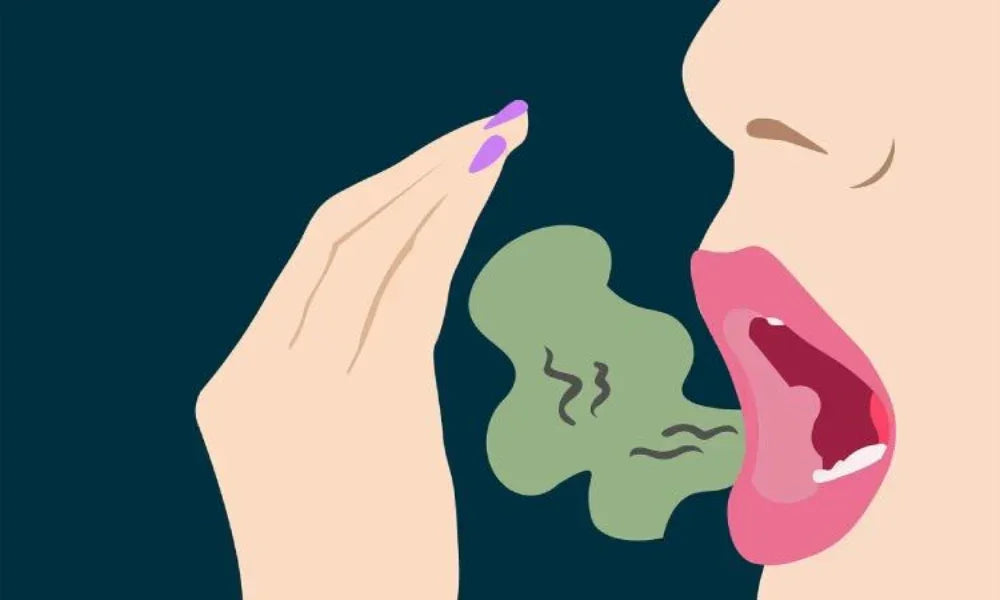Bad breath, or halitosis, is a common problem that can make social interactions uncomfortable. While it’s often caused by poor oral hygiene, there are many other reasons for persistent bad breath. Let’s explore the causes and the best ways to maintain fresh breath all day.
Common Causes of Bad Breath
-
Poor Oral Hygiene: Plaque buildup and leftover food particles cause bacteria to thrive, leading to an unpleasant odor.
-
Dry Mouth: Saliva helps wash away bacteria; when saliva production decreases (due to dehydration or certain medications), bad breath worsens.
-
Strong-Smelling Foods: Garlic, onions, and coffee contain compounds that linger in your mouth and bloodstream, affecting your breath.
-
Gum Disease: Persistent bad breath could be a sign of gingivitis or periodontitis, which require professional treatment.
Tips to Keep Your Breath Fresh
-
Brush & Floss Regularly: Plaque buildup is one of the biggest causes of bad breath. Use a high-quality toothbrush like My1Brush and floss daily to remove food particles trapped between teeth.
-
Hydrate Throughout the Day: Water helps wash away bacteria and keeps your mouth moist. Try chewing sugar-free gum to stimulate saliva production.
-
Use a Tongue Cleaner: Bacteria accumulate on the tongue, causing bad breath. Using a tongue scraper daily can significantly reduce odor.
-
Eat Fresh, Crunchy Foods: Apples, carrots, and celery help clean teeth naturally and boost saliva flow, keeping your mouth fresh.
-
Rinse with an Alcohol-Free Mouthwash: Mouthwashes with chlorhexidine or essential oils kill bacteria without drying out your mouth.
If bad breath persists despite maintaining good hygiene, consult a dentist—it may be linked to an underlying health issue. With the right care, you can enjoy lasting freshness and confidence in every conversation!
(Sources: WebMD, American Dental Association, National Institute of Dental and Craniofacial Research)

